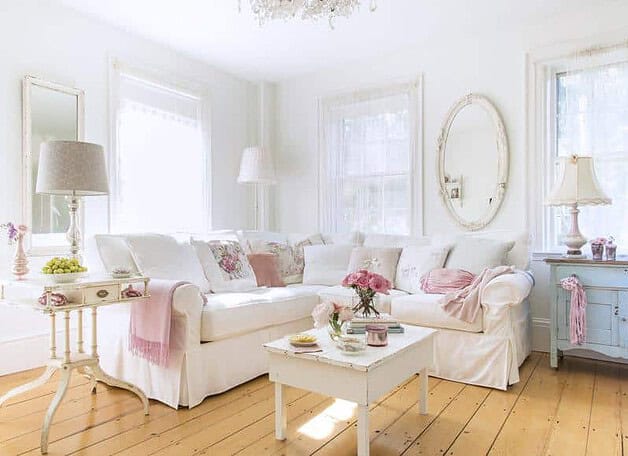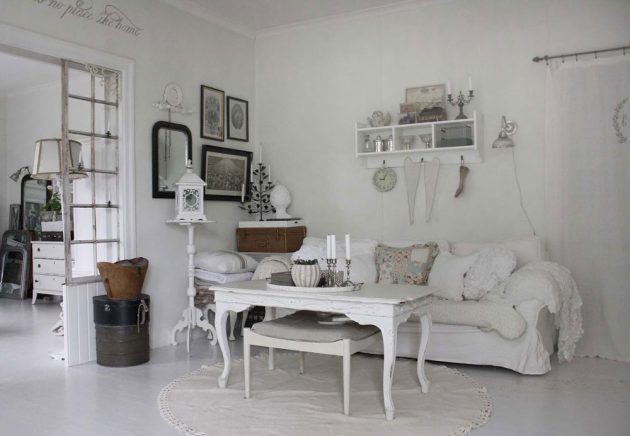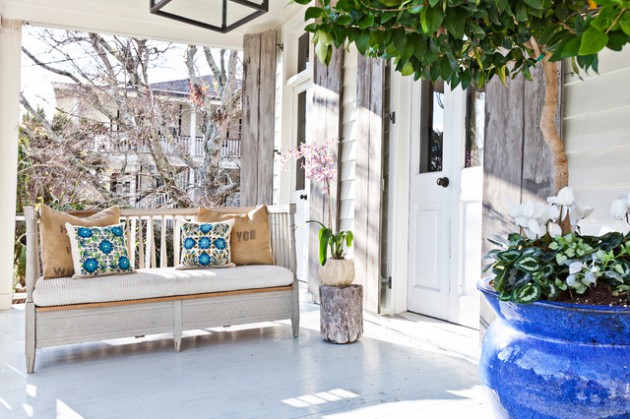There’s a familiar cycle that any fashion, design or technological trend follows. Firstly, there’s the discovery of something new, which goes hand in hand with a series of ‘next big thing’ predictions and opinion pieces. Then comes the bandwagon phase, where no-one dares admit that they’re behind the times and everyone claims to have both heard of the trend and have espoused it for years. Then comes the backlash. Once something gets a little too popular or mainstream, expect to see ‘hot takes’ on why it’s rubbish and a rush to be the first to proclaim that the trend is ‘dead’, possibly even with a ‘this is the next thing instead’ prediction instead to fuel the hype cycle.
Shabby chic is a design trend that seems to have gone around this cycle more than once. The Spectator declared it dead in 2010, for example, yet the term ‘shabby chic’ was added to Oxford Dictionaries online in 2014. The term was coined about 20 years ago yet remains widely discussed and used.
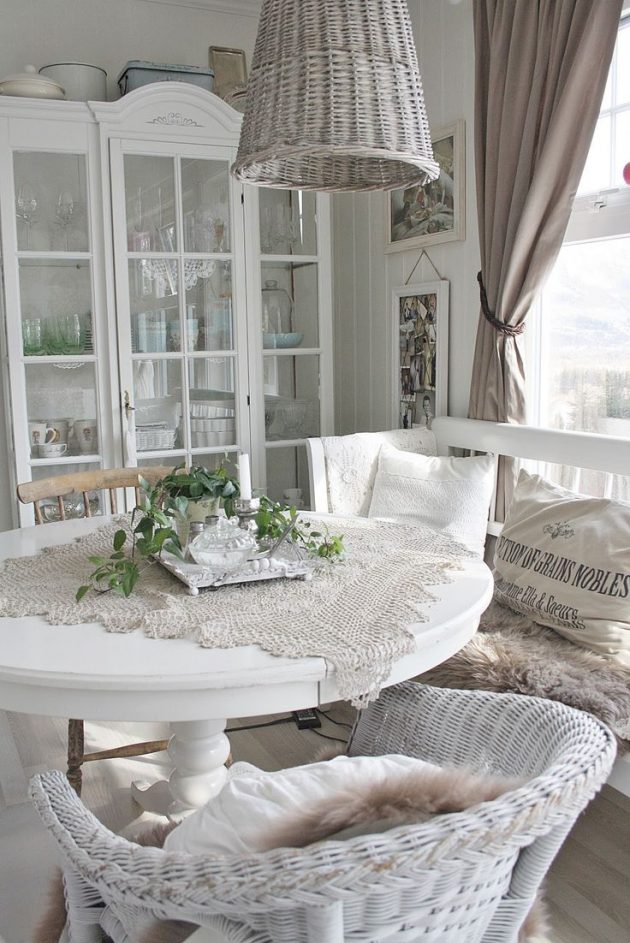
For some, shabby chic is a negative term, used to deride a lack of quality and imagination, yet for others it encompasses a classy trend that can underpin a really effective interior design theme.
It’s easy, therefore, to be confused by the whole situation. Is it dead, rubbish, fresh, aspirational, hackneyed or none of the above?
Well, the truth lies in the application. Done well, shabby chic can be all the positive things in that list and more, done badly and you’re in the negative territory. But what does ‘done well’ entail?
Start with a more specific theme
Here’s the first thing to realise: shabby chic alone isn’t an interior design theme. Your interior design theme needs to be much more focused than this. Shabby chic refers to the use of furniture and furnishings that are – or appear to be – old. And that’s old in a ‘fine wine gets better with age’ kind of way. Saying that this is your theme is like saying your theme is ‘shop bought’.
That’s not to say that shabby chic fits with any old theme, however. It clearly celebrates nostalgia and, therefore, fits with many forms of vintage style. A blue and white maritime feel or green and yellow country cottage look would be perfect too.
This should establish your colour scheme and the type of accessories that you will need to make it happen.
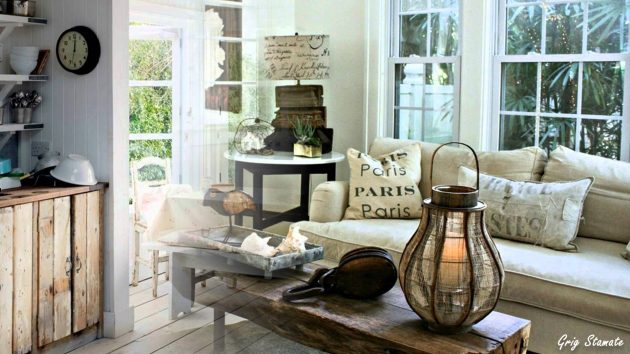
Buy (or make) quality items
Shabby chic has been around for such a long time that many people have tried to jump on the bandwagon and produce accessories that cater for shoppers looking to embrace the look.
The only problem is that an awful lot of tat has been made, trying to pass itself off as shabby chic. Some of this is, frankly, just plain shabby or more cheap than chic. This isn’t about being snobby but if you’ve seen it in a pound shop then it’s probably not going to look like a great showpiece item on your living room wall.
The separate – but sometimes linked – trend of upcycling often involves people repurposing older items to fit their look. Only do this if the original item is worth salvaging and you have the right paint and patience to complete the project.
Don’t overdo it
Furniture, furnishings and accessories with a retro feel will set your look off, but don’t overdo it. Rooms stuffed full of trinkets, nick nacks and other paraphernalia risk looking like a cluttered mess. It’s fine to shop around for things that fit your look – but you really don’t have to buy and display everything you see.
Experiment
Shabby chic is a broad church. You can have one or two accessories or a full set of furniture or be somewhere in the middle. You shouldn’t feel constrained. This isn’t about slavishly copying someone’s Pinterest picture – it’s about finding a design theme that makes you happy and proud of your home. Often one item can give you the inspiration for the rest of the room. A wall decoration or table can spark an idea that leads you to the type of flooring that will match, the right seating to suit and the perfect curtains to set it all off. Mix and match, try new things and keep looking for new ways to tweak and enhance your look. This should be a continual process.

